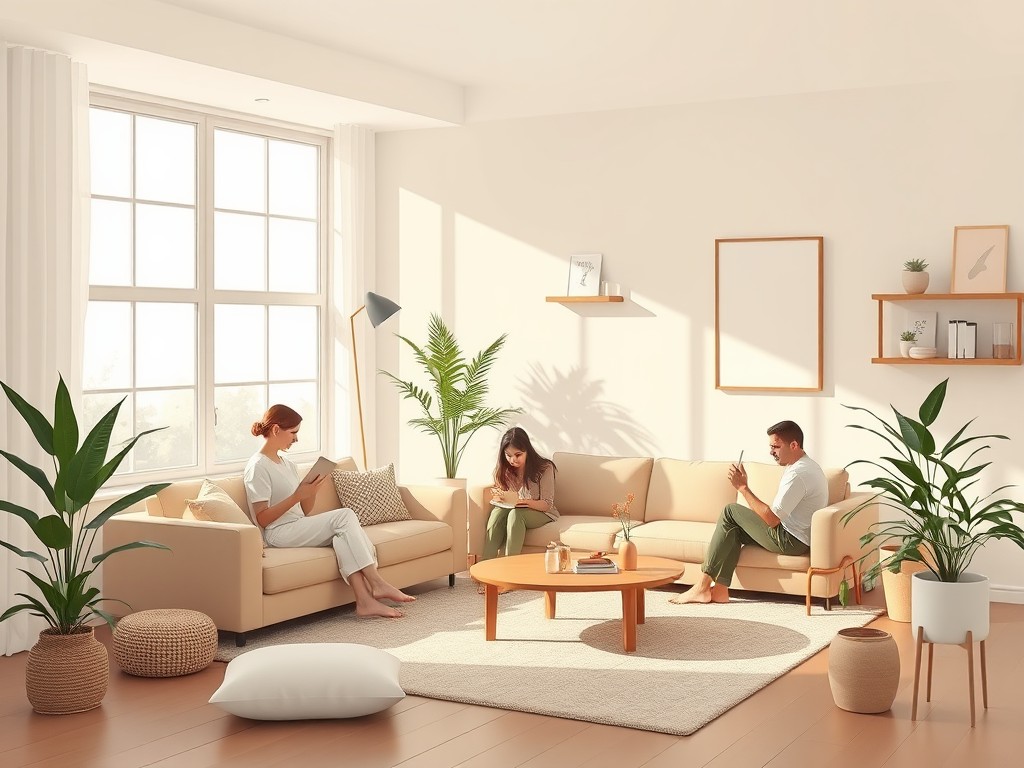In recent years, a significant cultural shift has taken place in the United States as more Americans embrace minimalist living. This lifestyle, which prioritizes simplicity, intentionality, and reducing excess, has gained momentum across diverse demographics, from millennials to retirees. The popularity of minimalism reflects changing priorities in a fast-paced, consumer-driven society seeking more meaningful and sustainable ways of life.
Minimalist living is a philosophy that encourages individuals to focus on what truly adds value to their lives while eliminating unnecessary possessions, commitments, and distractions. It is not just about owning fewer items but about fostering a mindset of intentional consumption and prioritizing experiences over material goods.
This movement gained mainstream attention through the rise of decluttering gurus like Marie Kondo and documentaries such as Minimalism: A Documentary About the Important Things. Today, minimalism is no longer a niche trend but a widespread approach to living intentionally in a world of abundance.
Why Minimalism is Gaining Popularity in the US
1. The Rise of Consumer Fatigue
In a country where advertisements encourage perpetual consumption, many Americans are experiencing “consumer fatigue.” The realization that owning more does not equate to happiness has prompted individuals to reevaluate their relationship with material possessions. Minimalism offers a refreshing alternative to this cycle, encouraging people to prioritize quality over quantity.
2. Economic Pressures
The rising cost of living, coupled with economic uncertainties, has made minimalist living an appealing choice for many Americans. Downsizing homes, adopting capsule wardrobes, and reducing expenses are practical ways to save money and create financial stability.
3. Environmental Awareness
With growing concerns about climate change and environmental degradation, minimalism aligns with eco-conscious values. By consuming less and focusing on sustainability, minimalists contribute to reducing waste, lowering carbon footprints, and supporting ethical consumption practices.
4. Mental Health Benefits
The clutter and chaos of excess possessions can contribute to stress and anxiety. Minimalist living promotes mental clarity by creating organized, peaceful environments. For many Americans, simplifying their lives has become a way to achieve emotional well-being and reduce burnout
How Minimalism is Manifesting in American Lifestyles
Tiny Homes and Downsized Living
The tiny house movement exemplifies minimalism in action. Many Americans are choosing smaller, more affordable homes to reduce expenses and live a simpler life. These homes are often designed to maximize functionality and sustainability.
Decluttering and Organizing Trends
Decluttering has become a popular practice, with many adopting techniques like the KonMari Method to organize their spaces. Storage solutions and minimalist interior design, characterized by neutral colors and clean lines, have become staples in American households.
Intentional Spending
Minimalists prioritize thoughtful spending, focusing on quality over quantity. This includes investing in durable, versatile items and supporting brands that prioritize sustainability and ethical practices.
Digital Minimalism
Beyond physical possessions, many Americans are adopting digital minimalism, reducing screen time and decluttering their online lives. This practice fosters mindfulness and a healthier relationship with technology.
The growing popularity of minimalist living among Americans reflects a broader desire for simplicity, mindfulness, and sustainability in a world filled with distractions. By focusing on what truly matters, minimalists are reshaping cultural norms and demonstrating that less can indeed be more. As this movement continues to evolve, it offers valuable lessons about finding balance and purpose in modern life.




